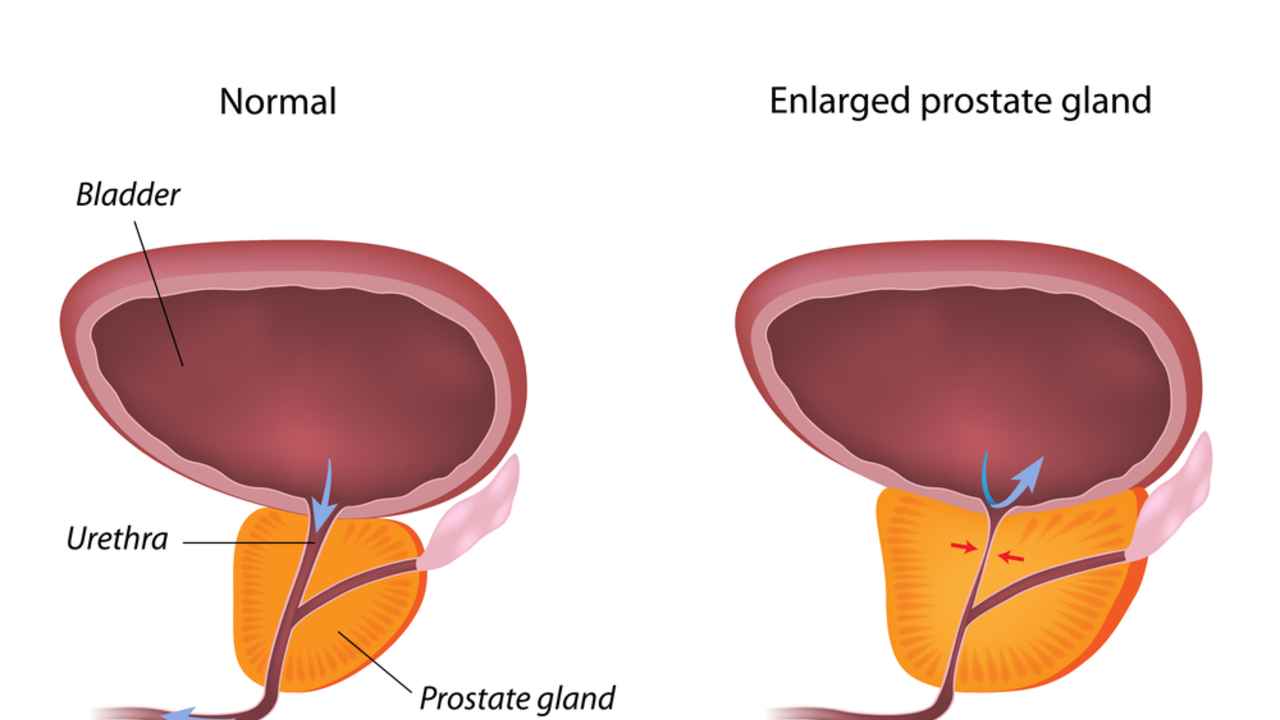Benign prostatic hyperplasia (BPH) is a non‑cancerous growth of the prostate that many men face as they get older. It isn’t usually dangerous, but the changes it brings to your bathroom routine can be frustrating. Knowing the symptoms early helps you act before things get out of hand.
Most men first notice a need to pee more often, especially at night. This nightly bathroom run, called nocturia, can cut into sleep and leave you feeling tired.
A weak or hesitant urine stream is another tell‑tale sign. You might have to push to start, feel the flow drop, or notice dribbling after you think you’re done.
Urgency is common too. The sudden, strong urge to go can make you feel like you’re racing against the clock, and sometimes you can’t make it to the toilet in time.
Feeling like your bladder isn’t empty after you pee is called incomplete emptying. It’s uncomfortable and can lead to extra trips to the bathroom.
In some cases, blood in the urine or a mild pain while urinating appears. While not the most frequent BPH symptom, it should never be ignored.
First off, talk to a doctor. A quick exam and a simple urine test can confirm whether BPH is the cause of your issues or if something else is happening.
Adjusting fluid intake helps a lot. Try to drink most of your water earlier in the day and cut back on caffeine and alcohol in the evening—they can irritate the bladder.
Timing your bathroom trips can train your bladder. Going on a schedule, like every three to four hours, can reduce urgency and accidental leaks.
Pelvic floor exercises (Kegels) strengthen the muscles that control urination. A few quick squeezes a day can improve flow and lessen dribbling.
If lifestyle tweaks aren’t enough, medication might be recommended. Alpha‑blockers relax the prostate muscle, while 5‑alpha‑reducing drugs shrink the gland over time.
Some men find relief with natural approaches like saw‑palmetto or beta‑sitosterol, but you should discuss these with your doctor to avoid interactions.
Weight management also matters. Extra belly fat puts pressure on the bladder, making symptoms worse. Light exercise, like walking, can lower that pressure.
Finally, keep an eye on any changes. If you notice sudden pain, fever, or an increase in blood, seek medical help right away—those could signal infection or other problems.
Living with BPH doesn’t have to be a constant hassle. By spotting symptoms early, making a few daily adjustments, and staying in touch with your healthcare provider, you can keep your bathroom trips predictable and your nights restful.

Hello there, I'm your friendly health blogger, back again to help you understand the world of medical conditions. Today we’re focusing on Benign Prostatic Hyperplasia (BPH), a condition that affects many men as they age. Our thorough guide will enlighten you about the symptoms associated with BPH, demystifying the condition so you can make informed decisions. Remember, knowing is half the battle, so let's arm ourselves with knowledge and march towards better prostate health together.
Read More